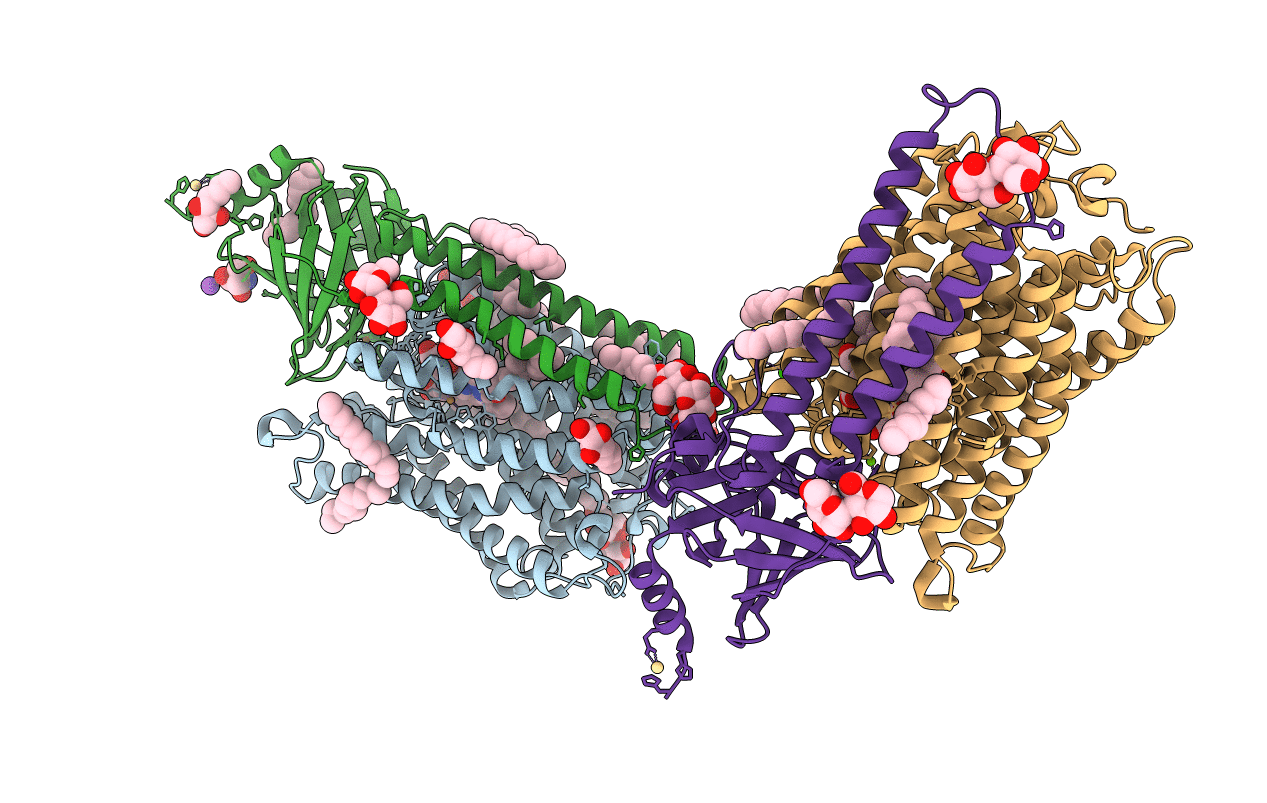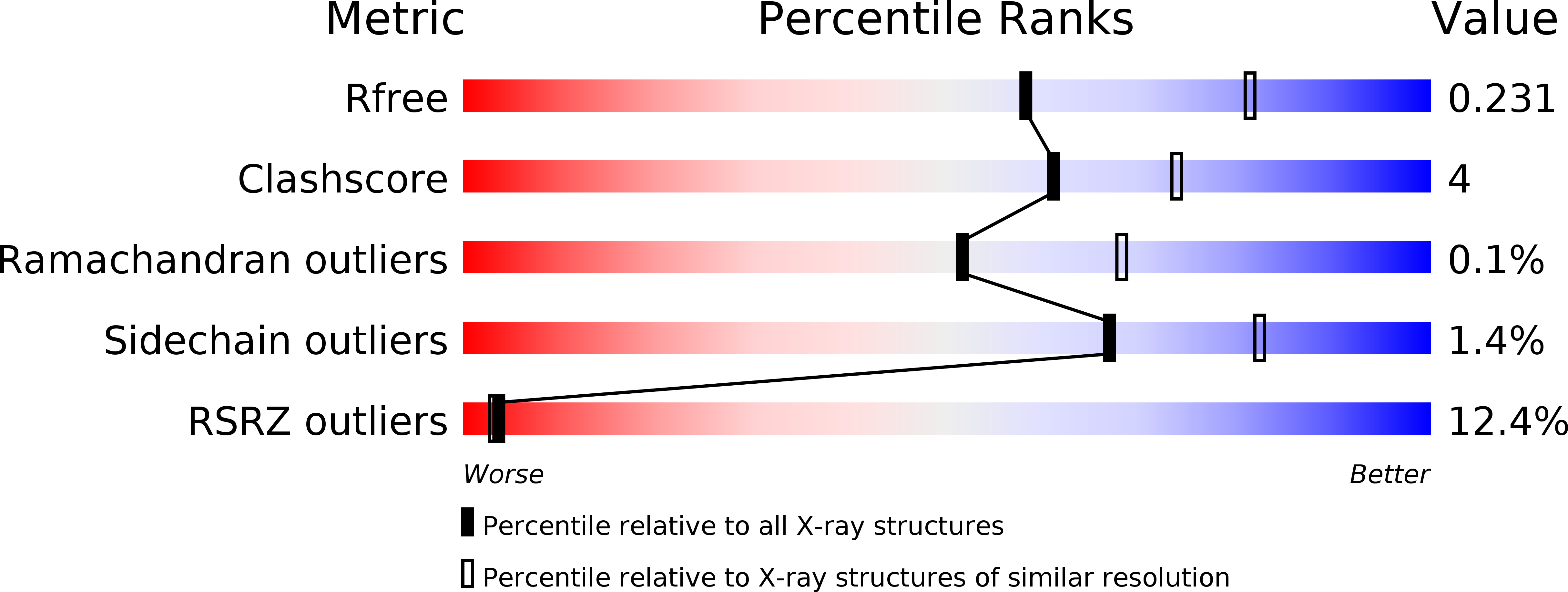
Deposition Date
2018-02-23
Release Date
2018-04-25
Last Version Date
2024-10-09
Entry Detail
PDB ID:
6CI0
Keywords:
Title:
Catalytic core subunits (I and II) of cytochrome C oxidase from Rhodobacter sphaeroides with E101A (II) mutation
Biological Source:
Source Organism:
Rhodobacter sphaeroides (Taxon ID: 1063)
Host Organism:
Method Details:
Experimental Method:
Resolution:
2.40 Å
R-Value Free:
0.23
R-Value Work:
0.19
R-Value Observed:
0.19
Space Group:
P 21 21 21


